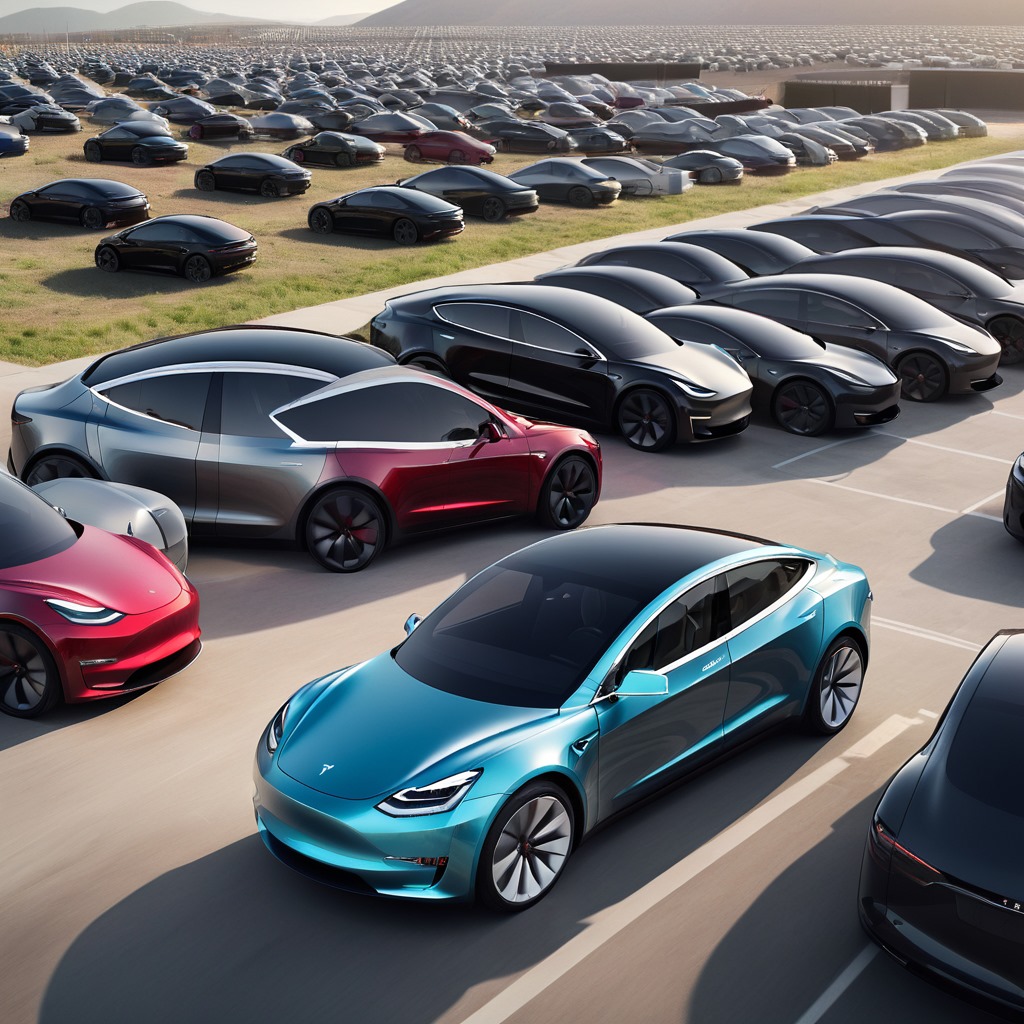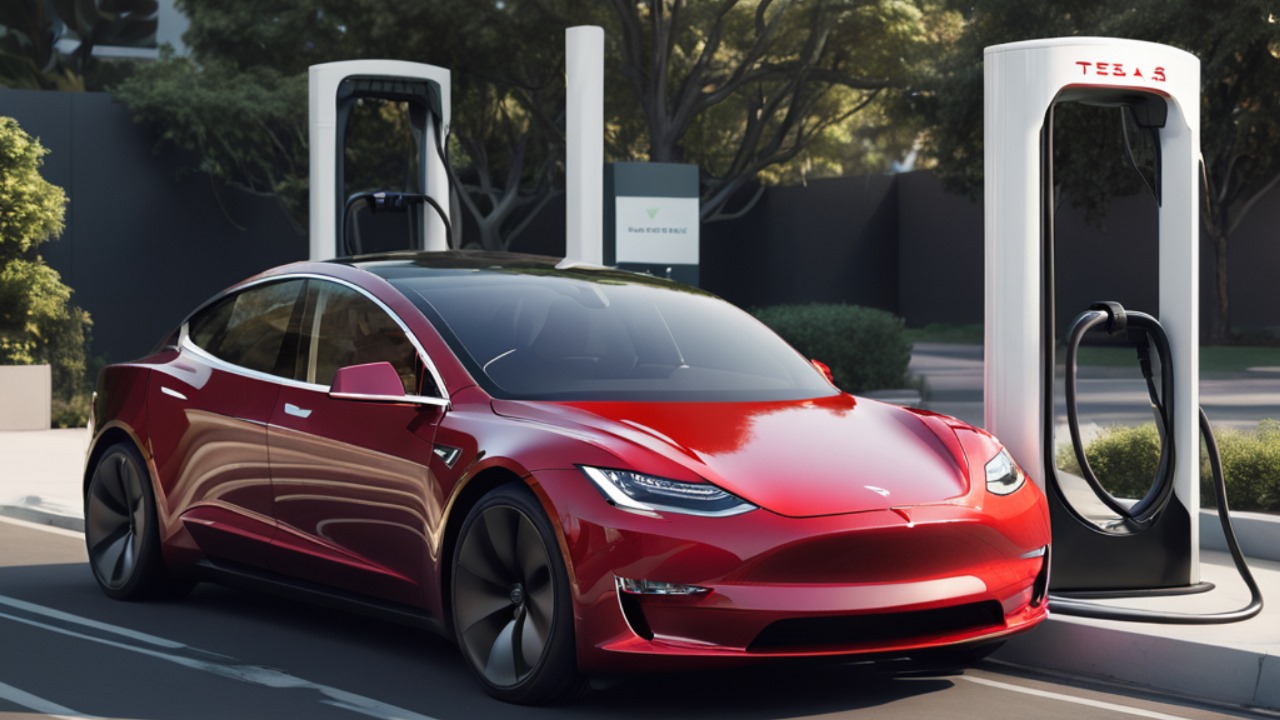The emergence of Chinese automakers as formidable rivals in the swiftly changing electric vehicle (EV) arena offers prospects and challenges for Tesla’s ambitious plans to introduce reasonably priced EVs to the market. Chinese electric vehicle (EV) companies are reshaping the global automotive market by prioritizing innovation scale and aggressive pricing strategies. These new factors will be difficult for Tesla to manage as it balances its growth plans and competitive positioning. In delving deeper into how Chinese competition may impact Tesla’s plans for low-cost cars this article examines manufacturing efficiencies, regulatory considerations, technological advancements, market dynamics and possible avenues for collaboration.
Chinese Electric Vehicle Giants Ascent:
The speed at which China has emerged as a global electric car technology leader is astounding. Due to tight government incentives strict emission regulations and growing demand for sustainable transportation options, Chinese EV manufacturers have rapidly increased their capabilities and presence in the market. With their innovative methods and revolutionary business plans more recent startups like Xpeng Li Auto and WM Motor are upending established automotive norms. Meanwhile well-known companies like NIO BYD and Geely have achieved noteworthy strides in market penetration and technological design.
technological advancements:
One of the main areas where Chinese electric vehicle companies excel is in technological innovation. Using advancements in battery technology autonomous driving systems and connectivity options Chinese manufacturers are increasing the potential for electric mobility. Modern features like solid-state batteries and AI-powered driver assistance systems are available in Chinese EVs which either match or surpass their foreign counterparts in this regard. Through constant innovation the industry is pushed to new heights stimulating demand for electrified vehicles among consumers and raising the competitiveness of Chinese EVs.
Production Output and Efficiency:
Scale and manufacturing efficiency are other key drivers of the Chinese EV company’s success. Due to their access to a substantial domestic market and a well-established supply chain ecosystem, Chinese manufacturers can achieve economies of scale that enable them to produce electric vehicles at lower costs. Thanks to advanced manufacturing techniques strategic partnerships vertical integration and increased efficiency and flexibility Chinese electric vehicle (EV) companies can quickly iterate on designs optimize production processes and respond with agility to changing market dynamics. They can provide affordable prices without compromising on quality performance or features.
Market penetration and brand awareness:
Along with superior manufacturing efficiency and technological know-how Chinese electric vehicle (EV) companies benefit from strong brand recognition and penetration in their home markets. Because of their extensive sales networks bold marketing campaigns and brand-building initiatives these companies have a strong customer base and the solid reputation for quality and dependability. Chinese producers of electric vehicles (EVs) pose a significant challenge to well-established firms such as Tesla as their expansion into international markets and growing global presence threaten their market leadership and appealing brand. Chinese businesses still need to get past the critical challenge of building brand loyalty and trust in new markets to become serious global contenders.

Opportunities and Challenges in the Field of Regulation:
Chinese electric vehicle (EV) companies face domestic and international regulatory obstacles despite their impressive technological advancements and rapid growth. Concerns about intellectual property theft quality control and geopolitical unrest may make it difficult for them to grow and lose customers’ trust in significant markets. In addition stricter trade regulations emissions regulations and safety standards may make it harder for Chinese manufacturers to break into the market and take on well-known companies like Tesla. Yes governments worldwide are pushing for investments in sustainable transportation electric vehicles and infrastructure development but regulatory frameworks also present opportunities for collaboration.
Important strategic points for Tesla to think about are:
It will take careful planning and strategic thinking for Tesla to navigate the competitive environment created by the Chinese electric vehicle market. Even though Chinese producers technological innovation production efficiency and well-known brands pose a serious threat to Tesla’s market dominance there are still opportunities for cooperation. Both parties may be able to utilize their distinct advantages and collaborate to address issues like battery supply chain constraints charging infrastructure deployment and regulatory compliance through joint ventures technology-sharing agreements and strategic partnerships. By fostering collaboration while maintaining a competitive edge, Tesla can successfully negotiate the complexity of the global auto industry and continue to push the boundaries of innovation in electric mobility.
In conclusion:
To summarize, the expanding Chinese EV market presents both opportunities and challenges for Tesla’s plans for affordable cars. Although Chinese manufacturers pose a significant threat to Tesla’s market dominance with their technological advancements high production efficiencies and well-known brands, there are opportunities for cooperation and competition in the rapidly evolving field of electric mobility. Tesla must remain adaptable and creative to lead the electric vehicle market as it advances against more formidable rivals. By taking advantage of the opportunities presented by its Chinese competitors and leveraging its advantages in technology design and brand appeal Tesla can maintain its influence over the direction of transportation and accelerate the global transition to sustainable mobility.

Leave a Reply